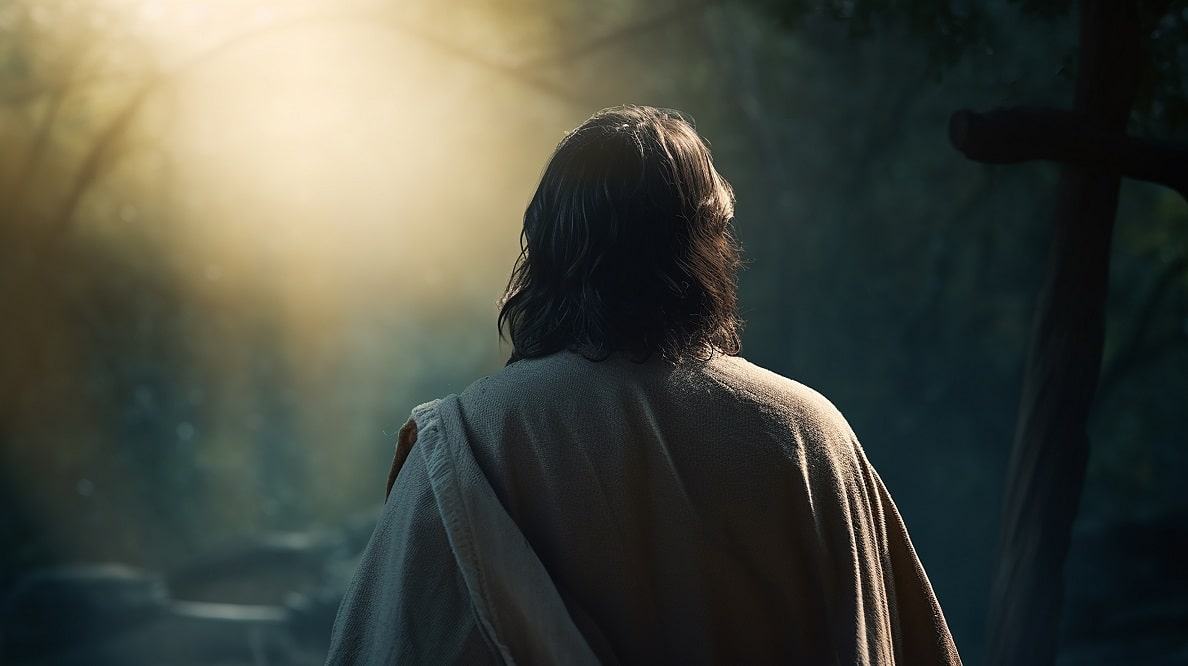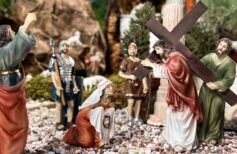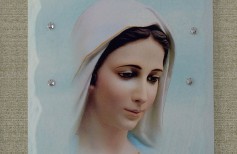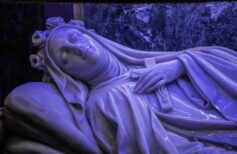What was the true face of Jesus? What ethnicity did he belong to? A question that has fascinated and divided scholars and theologians for two thousand years
If we were to ask a child what Jesus looked like, he would not have the slightest hesitation: Jesus was tall and thin, with fair skin, a smiling face, long brown hair flowing down the sides of his face, and blue eyes. This of course if we asked a European child. If we asked the same question to an African or Chinese child, we would probably end up with a very different idea of Jesus’ face, with black skin or almond-shaped eyes. This is because Jesus’ physical appearance, his somatic features, are not documented by any certain testimony. Simply put, none of the evangelists, men who knew him in person, bothered to describe what he looked like. Throughout the New Testament there is no description of Jesus’ physical appearance, let alone any indication as to His ethnic origins.
This is why the iconography of Christ has undergone countless evolutions over the centuries, mostly dictated by subjective interpretations, cultural stereotypes, and the desire to standardize the appearance of the Son of God with an aesthetic ideal that reflected the one that was most valued in a given historical time and culture. Just like the hypothetical children questioned about the face of Jesus, for all of us the likeness of Jesus is the result of a mental image derived from the perpetration of artistic suggestions, over the course of our lives-illustrations, statues, paintings, and even cinematic interpretations, determined by stereotypes that have nothing to do with the historical Jesus.
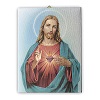
The iconography of Jesus
It is fascinating to study the evolution of the iconography of Jesus in the history of sacred art, not so much to try to investigate what the Messiah really looked like, but to understand how Christianity grew and transformed parallel to the figure of its inspirer.
In the Gospels, as we said, there is no mention of what Jesus looked like, although we tend to assume that He was Jewish, as were His disciples. And Jews were forbidden to depict the face of God. The first Christians to feel the need to depict Jesus were probably the same ones who were forced to hide in the Catacombs to manifest their faith. For this reason, as well as for the actual lack of descriptions to draw inspiration from, Christ was depicted by them through symbols and allegorical images, without any claim to likeness.
Only when Christianity became the official religion of the Roman Empire did people begin to worry about how to depict Christ. Interestingly, according to the Greek Church Fathers, Jesus had to be ugly, and his beauty had to be exclusively divine, while for the Latins, such as St. Jerome and Augustine of Hippo he had a good appearance, reflecting his inner and spiritual perfection.
As time went on, descriptions that had a claim to truth began to increase, either because they were inspired by visions in which Jesus was said to have manifested himself with one appearance rather than another, or corroborated by the discovery of images not made by human hand (acherotipa), such as the Mandylion, or image of Edessa, worshipped by Eastern Christians, or of relics such as Veronica’s veil, on which the true face of Jesus was said to have been imprinted. From this kind of evidence comes the emergence of the depiction of Jesus with a beard and long hair, because until the fourth century A.D. He was usually depicted as young and beardless. Interestingly, according to St. Paul, Jesus could not wear long hair, as it was considered unseemly in his day.

The mystery of the Veil of Veronica, the cloth with the imprint of the face of Jesus
The Veil of Veronica is one of the most mysterious and fascinating…
If in Byzantine times Jesus is usually depicted in glory and triumph as Christ Pantocrator. Also very common, especially on icons, is the iconography of the Transfiguration of Jesus. Iconoclastic fury condemning the depiction of Christ led to the destruction of many sacred images in the East between the 8th and 9th centuries. In the West, on the other hand, the figure of Jesus is depicted not as a severe and judgmental ruler but, thanks to the influence of the Franciscans, in His humanity and humility, from the Nativity to the Crucifixion. Western artists are projected to greater realism, with Giotto and, later, with the great masters of the Renaissance.

The story of Jesus: the most important events of His life
The story of Jesus, between the Gospel story, historical reality and devotional legend…
Patterns of canonical depiction begin to be defined, both for the Infant Jesus, in the arms of the Madonna, and for the adult Jesus, with long hair loose, his tunic and cloak, and during the Passion, only a cloth covering his sides. An iconography that runs through the history of Western art and permeates it for centuries.
Jesus’s real name
Another not at all obvious element, which has divided scholars and theologians over the centuries, is the true name of Jesus. This is because, in the Scriptures, in addition to the name we all know He is often referred to by titles and appellations.
The most used in the New Testament and considered the true name of Jesus remains Ἰησοῦς, which in Latin becomes Iesus and in Italian Gesù. It is derived from the transliteration of Aramaic Yēšūa’, which in turn is derived from Hebrew Yĕhošūa’, meaning “God-YAH (is) salvation.”
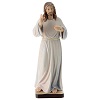
The appellation Christ (Xριστός, Christòs) also appears very often in Scriptures as an honorific title of Jesus. Derived from the Greek, it means “anointed,” and refers to the tradition that wanted the Kings of Israel anointed with aromatic holy oils. By this appellation Jesus is recognized as “elect,” “anointed,” the long-awaited Messiah of the Jewish people.
The honorific definition of Jesus as Lord also goes back to the New Testament: The Greek word, from the Aramaic “mara,” from which comes the full title “our Lord Jesus Christ.”
Nazorean and Nazarene both indicate Jesus’ origin from the city of Nazareth, although the former appellation perhaps refers to a vow of consecration taken by the Nazarenes, who wore their hair long. This would justify the iconography of Jesus always portrayed with flowing hair, when in his day it was considered dishonorable to wear it that way.
Finally, let us mention, among the many names and appellations of Jesus, King of the Jews, also recorded on the titulus crucis affixed to the cross by Pontius Pilate. The Jews were waiting for a Messiah, heir to King David’s throne, and the evangelists Matthew and Luke reported a genealogy meant to confirm this lineage and claim Jesus’ royal right.
Meta description: What did Jesus look like? What ethnicity did he belong to? Was he light-skinned or dark-skinned? Here is how Jesus’ face has changed in history and art.

